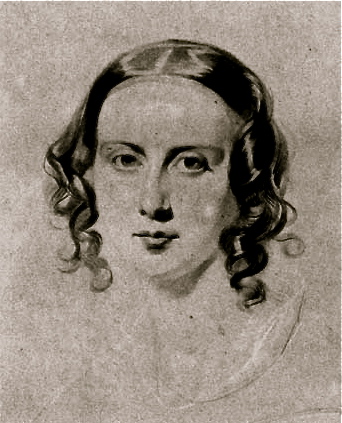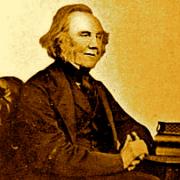
In this the bicentenary of her husband's birth, John Ross Maclean examines a local girl's remarkable but under-remarked biography.
Mrs Charles Dickens (1815–79) – wife of Britain's most famous 19th-century author and social commentator – was born Miss Catherine Hogarth at 8 Hart Street in Broughton.
Catherine Hogarth was the eldest child of George Hogarth WS (pictured right), a lawyer whose clients included Sir Walter Scott. The family, which eventually comprised 10 children, moved to larger accommodation at 2 Nelson Street (a double-upper) in 1820. They moved again in 1828 to 19 Albany Street which was their last Edinburgh address before they progressed to the ‘big smoke’ in 1831.
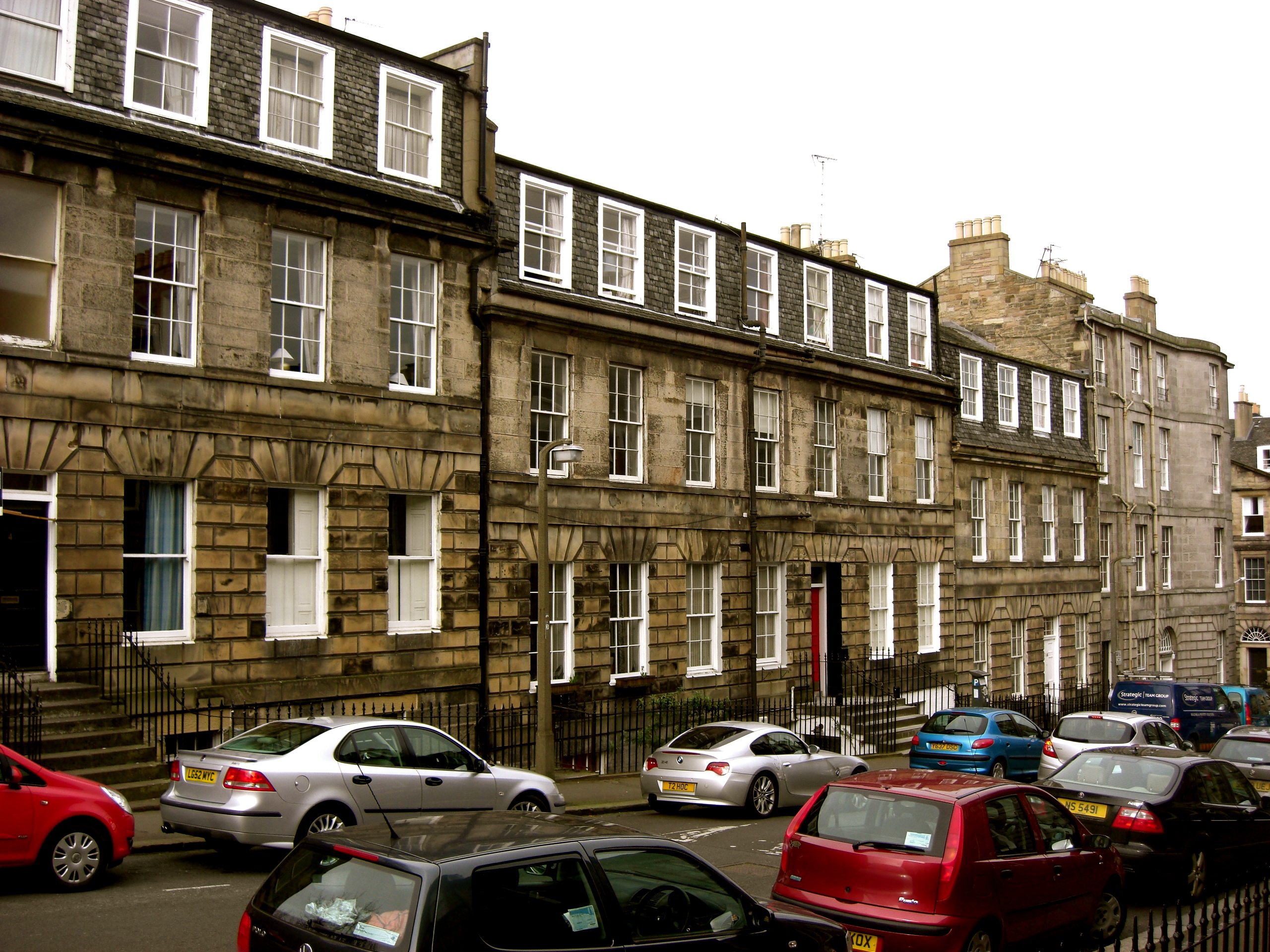
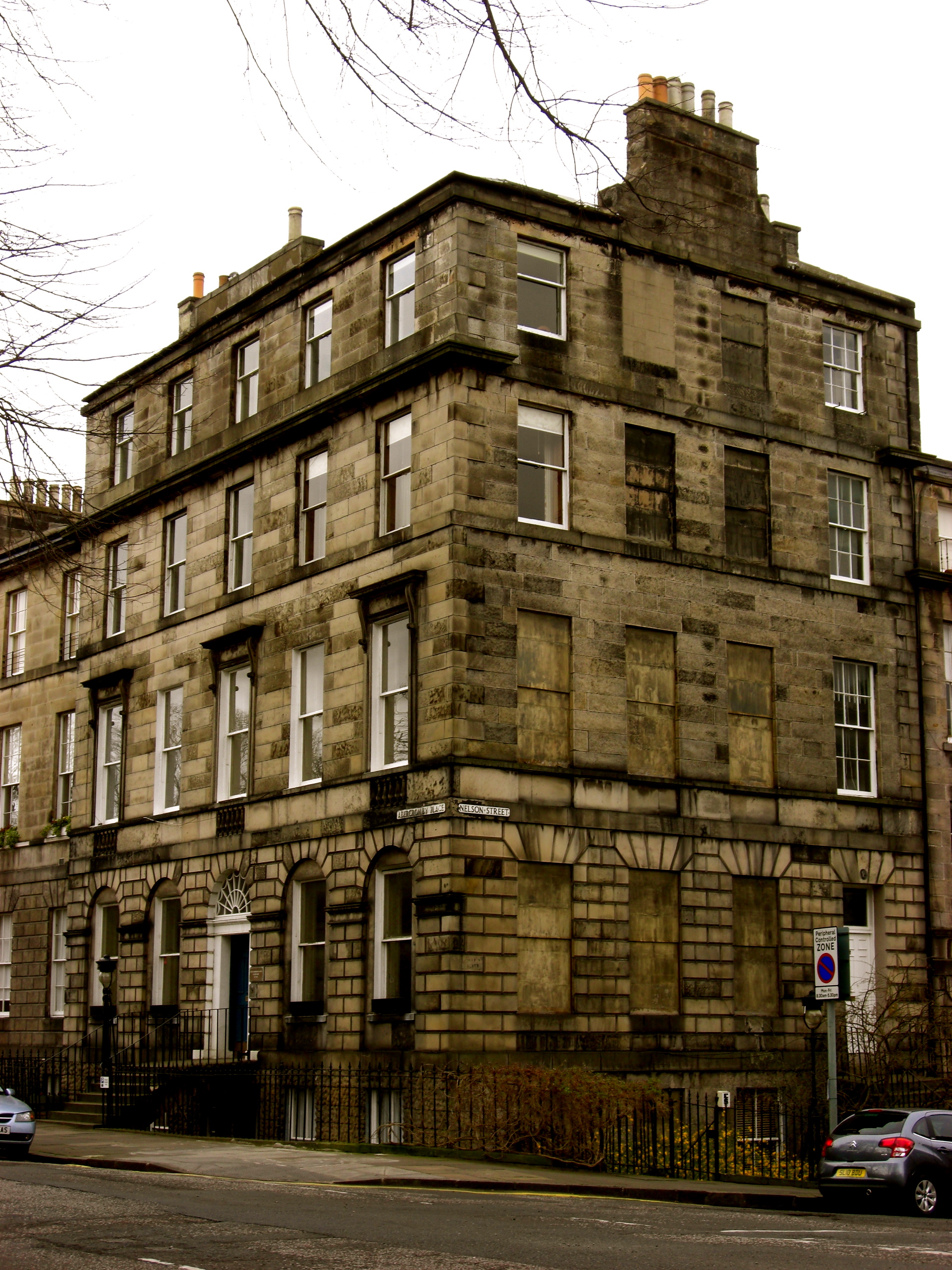
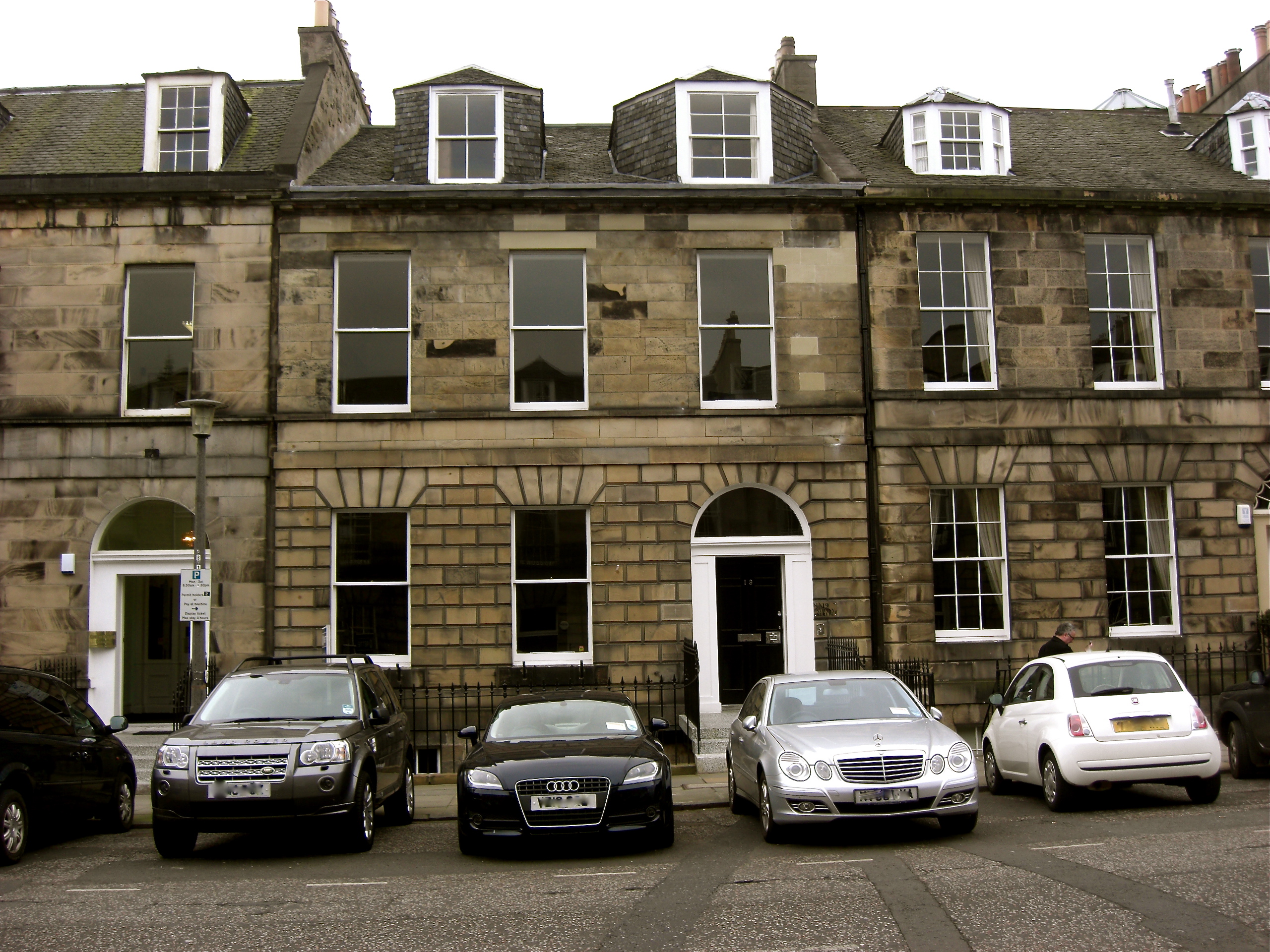
They were a comfortable, cultured family. Catherine and her sisters were educated at home by their parents and received a grounding in the 3Rs, geography and music, as well as the strictures of a French dancing master.
In London, Catherine’s father soon established himself as a newspaper editor, as well as a musicologist and subsequent author of books on opera and Victorian musical life. As editor of the Evening Chronicle (for which Dickens was a journalist), he effectively became Dickens’s employer, by dint of which Catherine came to Charles’s warm attention. They were married in 1836 (the year Dickens’s first novel, The Pickwick Papers, was serialised), and would have 10 children in their Bloomsbury home. Catherine’s sisters Mary and Georgina were highly significant members of the Dickens ménage, and the latter remained in the household as housekeeper, adviser and friend from 1842 until Dickens’s death in 1870. Mary, who died prematurely, was immortalised as Nell in The Old Curiosity Shop.
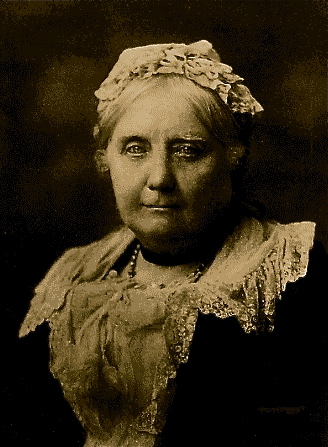
Despite constant pregnancies, the early years of Catherine’s marriage appear to have been happy enough. She accompanied Dickens on his celebrated trip to America in 1842, and had a minor acting role in the author’s theatrical Every Man in his Humour for Leigh Hunt in 1845. Eventually, Dickens grew disenchanted with his marriage, finding Catherine ‘an incompetent mother’, and he cruelly blamed her for the birth of 10 children which caused financial worries. Dickens was himself hardly blameless. In 1857, he had a liaison with an actress, Ellen Ternan, who appeared in his play The Frozen Deep. In 1858, Catherine intercepted the gift of a bracelet intended for Ellen which had been accidentally delivered to the Dickens household.

In June 1858, Catherine and Charles formally separated. Catherine was given a house and her eldest son Charles moved in with her, but access to her other children was restricted. Ellen Ternan remained Dickens’s companion until his death. Catherine never fully recovered from the break-up of her marriage. Poignantly, on her deathbed in 1879 (she died of cancer), she gave her collection of letters to daughter Kate, instructing her to ‘… give these to the British Museum, that the world may know he loved me once’. She is interred in Highgate Cemetery with her infant daughter Dora who had died in 1851 aged nearly 8 months.
